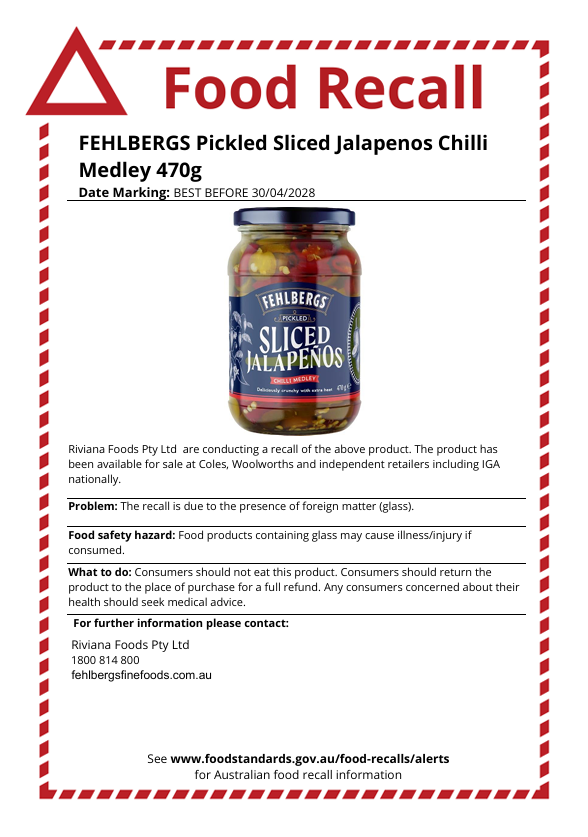Do you have an inclusive menu?
(and why you should!)
(and why you should!)
As an experienced foodservice professional, you’ve probably come across an increasing number of vegan, coeliac and fructose free eaters. They are an expanding presence in the modern dining scene and are here to stay.
But is your menu truly inclusive? And why should it be?
If you are not considering common dietary restrictions when planning your menu then chances are you are probably missing out on valuable revenue. Catering to diverse meal requests has historically been an afterthought but with a large proportion of Australians now having some kind of dietary preference, these considerations need to be at the forefront of planning.
Suppose there is a party of four looking for a place to eat. One of them eats a gluten free diet. If your menu does not offer a meal to suit them, you miss out on all four diners as well as their repeat patronage. Imagine this happening once a night for a whole year, you will miss out on a lot of potentially loyal customers.
What diets to consider
There are a growing number of people with dietary preferences, whether for medical or ethical reasons or simply by choice. Some dietary requirements to keep in mind when planning your menu are:
Don’t make it an afterthought.
The main thing to remember when making your menu inclusive is that it isn’t an afterthought. Rather than just ‘taking away’ the meat for vegetarian options, ensure you are replacing it with another type of protein (like eggs for vegetarians, or beans for vegans). Too many times we see salads for vegetarians – but being vegetarian doesn’t stop you from eating pasta, tacos or pizza!
Don’t throw them all in together.
We understand how tempting it is to come up with one dish to ‘rule them all’ when planning your menu. That is, a dish that caters to all the dietary requirements at once. This is something we often see in catering at events. But it is a sure-fire way to alienate diners. Vegans may still want to eat gluten, while vegetarians may still expect cheese, and gluten free diners are not automatically allergic to everything else too! Make sure you look at each requirement as an individual menu item to ensure your menu items are still tasty and inviting.
Include notes on your menu.
It is common for customers to ask if an existing menu item can be modified. Instead of expecting your wait staff to know the ins and outs of every menu item, include notes on your menu like GFO (gluten free option), VEG (vegan) and V (vegetarian) to let diners know there is a way of modifying it to suit their needs. If you want to be fully inclusive consider DF (dairy free) and NF (nut free) as well.
Don’t miss out on the added revenue and loyalty that comes from designing an inclusive menu. With just a little bit of planning and creativity most menus can cater to all diners – no matter what their requirements. Do you have an inclusive menu? We’d love to hear about how you design it. Get in touch on our Facebook page.
